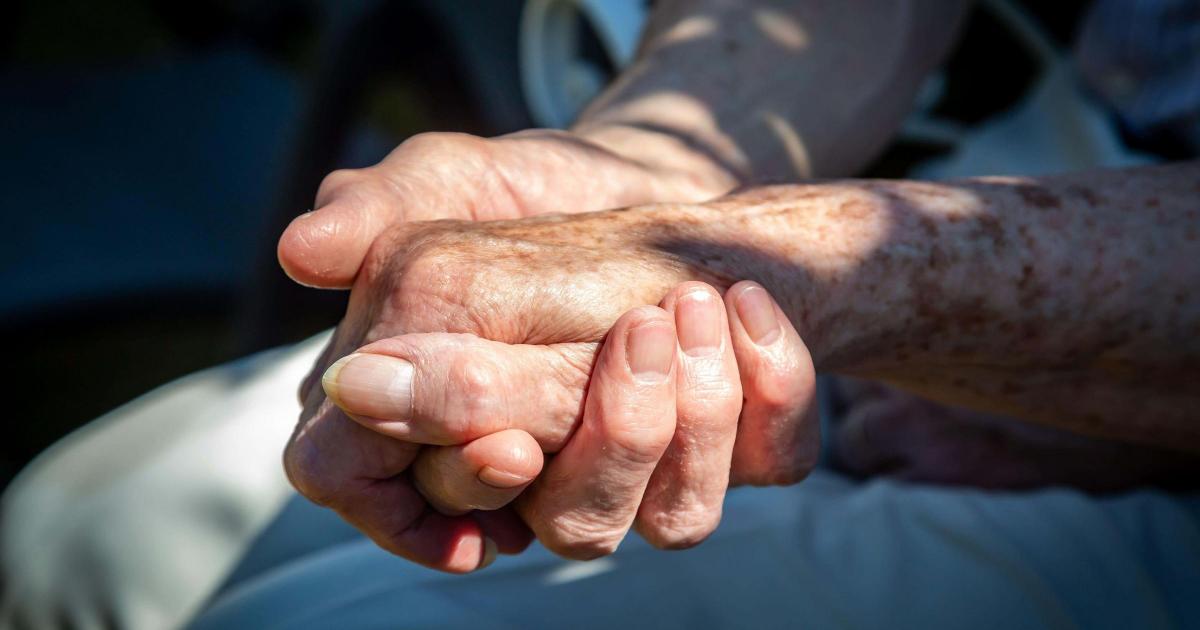Some 210,520 males were estimated to be aged 90 or over in 2024, more than double the number two decades earlier in 2004, which was 97,570.
By contrast, the number of females rose by only a third during this period, from 309,300 in 2004 to 414,720 in 2024.
It means that while the majority of the UK’s elderly population continue to be women, the gender balance has shifted over time.
Men made up 24.0% of those aged 90 and over in 2004 – but by 2024 this had climbed to 33.7%.
A similar shift is under way among the UK’s centenarians.
Males accounted for 10.9% of people aged 100 and over in 2004, or around one in nine.
By 2024 this had risen to 18.4%: nearly one in five.
The latest estimates for elderly people have been published by the Office for National Statistics (ONS).
Changes in the gender balance of the UK’s older population are “largely explained by improvements in life expectancy and historic birth patterns”, the ONS said.
“Life expectancy is higher for women, but life expectancy for men has increased faster than that for women, so the gap is narrowing.
“This has led to the number of older men growing faster than the number of older women.”
The total population of people in the UK aged 90 and above has jumped by more than a half in the past two decades, climbing from 406,870 in 2004 to a record 625,240 in 2024.
At the same time, the number of centenarians has doubled, from 8,330 in 2004 to 16,650 last year, again, a record high.
The population aged 100 and over rose sharply in both 2020 and 2021, reflecting the spike in babies born in the years immediately after the end of the First World War in 1918.
But while the number of births declined in the years following the post-war “baby boom”, the UK’s centenarian population is continuing to grow.
The ongoing increase is “largely because of past improvements in mortality, going back many decades, with more people surviving to older ages”, ONS statistician Kerry Gadsdon said.
Factors driving this trend include “improvements in living standards and public health, along with advances in medical treatments”.
There were 24.0 centenarians per 100,000 people in the UK in 2024, up from 13.9 per 100,000 in 2004.
The rate varies across the country, with Wales having the highest figure last year, at 25.9 centenarians per 100,000 people, followed by England (24.7), Scotland (18.4) and Northern Ireland (15.3).
The lower figure for Northern Ireland is explained by higher fertility rates causing a younger population, rather than differences in life expectancy, the ONS said.


